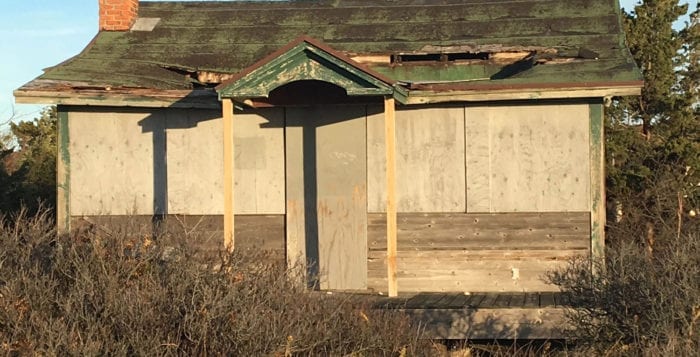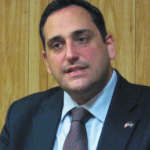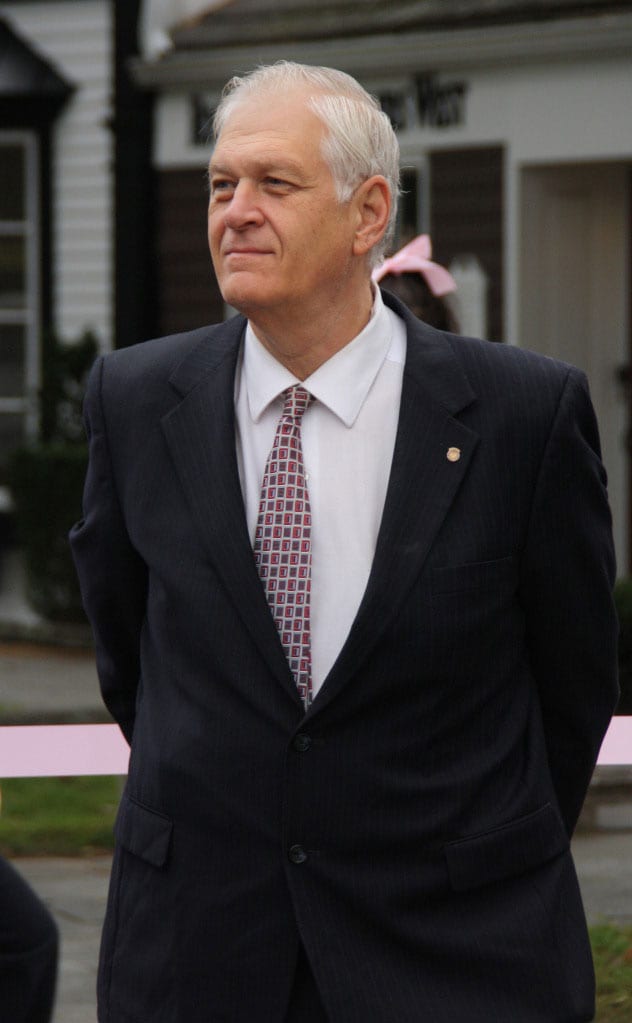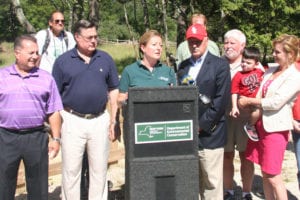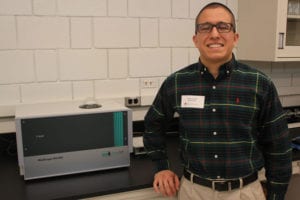The history of West Meadow beach is a contentious one. Cottages leased to private citizens left a large portion of the beach unavailable to the public throughout the years. A headline in the Port Jefferson Echo newspaper June 19, 1930, read “West Meadow Beach Cottages To Be Ousted By January 1940.” According to Assemblyman Steve Englebright (D-Setauket), removal of the cottages was a cyclical issue. Every decade or so there was a public outcry for a return of the beach to all Brookhaven citizens.
“This had become the norm by the 1960s,” he said.
When Englebright proposed legislation in June 1996, there was significant opposition from cottage owners who fought to keep the beach as it was. Since state legislation could only be established over the Brookhaven Town-owned property with the town’s express permission, a document called a “home rule message” had to be obtained before the legislation could move forward. Under then Town Supervisor Felix Grucci (R), the town agreed.
Even so, the opposition from cottage owners continued.
Bipartisan legislation [then Senator James Lack (R) sponsored the bill in the New York State Senate] was signed in 1996 stating West Meadow Beach “be preserved, protected, enhanced, and studied while simultaneously being made available for use by the general public for educational and passive recreational activities.” It stipulated the cottages be removed “on or before Jan. 15, 2005.” Removal of the cottages would be funded by payments from cottage owners for the use of the land over the following eight years. Interest accrued on the account, holding these payments were to be transferred annually into a separate account, previously established by the town July 6, 1993, called the West Meadow Beach capital restoration fund. This money was to be kept separately, overseen by a nonprofit Stony Brook community fund.
“When my husband Peter died last year I wrote to the town offering to fund the installation of a bench in his memory.”
—Muriel Weyl
The Stony Brook community fund became The Ward Melville Heritage Organization in 1996 and, according to a long-term board member of the organization, the town never came to them with a proposal. Since then it’s unclear who has been overseeing this money.
Attorney George Locker, a Stony Brook University graduate and former member of the Stony Brook Environmental Conservancy, believes the town is in breach of the statute.
“When the [Stony Brook community fund disbanded] instead of finding another third party to handle the funds, the town took control of the money,” Locker said. “The only thing I could find [after requesting all filings related to this account] was an invasive species plant removal.
“It took 20 years to elevate the Gamecock Cottage. At least one cottage was to be turned into a nature museum.
“[According to information provided by the town’s Department of Finance] the money is earning [virtually] no interest. The town has a fiduciary duty to grow the money in some safe way.”
Brookhaven Town spokesperson Jack Krieger provided the following information about investments in an email.
“The New York State Comptroller and New York State Municipal Law define what type of investments are acceptable for a municipality to engage,” he said. “The special New York State Law governing the WMB endowment made no special provisions for investment of the monies; therefore, the investment of the monies have been subject to the municipal law guidelines. The interest rate for the endowment account, and all town bank accounts, are monitored constantly by the finance department.”
Stony Brook resident Muriel Weyl said she is distressed by the lack of bench seating along the paved walk out to Shipman’s Point.
“When my husband Peter died last year I wrote to the town offering to fund the installation of a bench in his memory,” she said. “He was an oceanographer, and a founder of what is now the School of Marine and Atmospheric Sciences at Stony Brook and I thought it would be fitting. They would not do it.”
She said she loves spending time at West Meadow Beach, and now that she uses a wheelchair she can be seated while enjoying the walk. When she was still walking, she said it was difficult because there were not enough benches to enable her to make it out to the Point. Even now, she said, “it would be nice for the person pushing my chair to have a place to sit.”
Krieger said there was a period of time several years ago where the town allowed residents to dedicate a bench with a memorial plaque if they paid all of the costs for the bench and its installation. This has since been discontinued.
He said he had no answer as to the question why there are not more benches.
Supervisor Ed Romaine (R) recently sent a letter to Englebright offering to work together to solve issues regarding funding and oversight of the West Meadow Nature Preserve.


